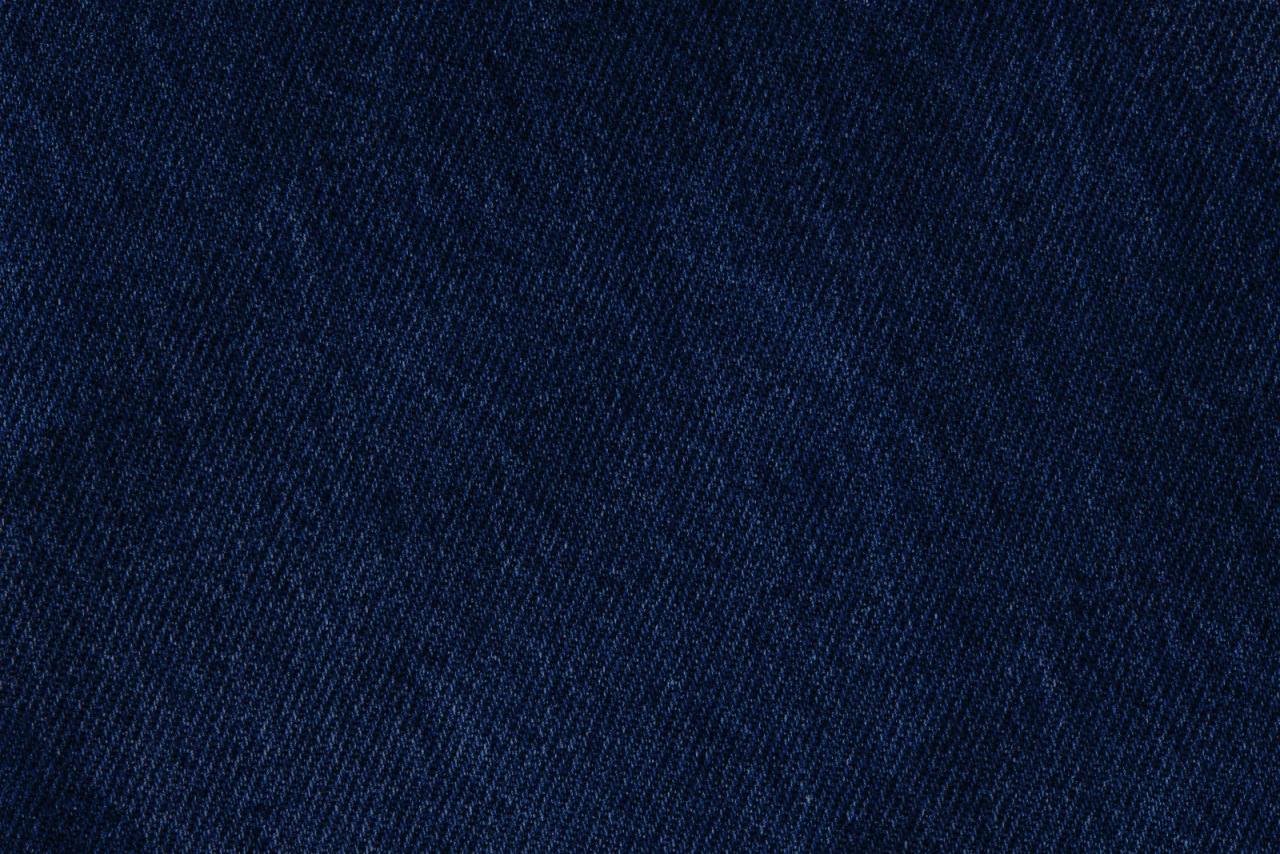Polyester: it’s everywhere. It’s durable, lightweight, wrinkle-resistant and inexpensive. What kind of material is polyester, though? What types of polyester fabric are there? That’s what we’re here to find out.
What is polyester made of?
What is polyester? ‘Polyester’ refers to a number of different plastics, but the most popular is polyethylene terephthalate, or PET if ‘polyethylene terephthalate’ is a bit too much of a mouthful. It’s commonly used for plastic bottles and food containers.
That’s right: your polyester shirt and that plastic water bottle are probably made of the same material. If you recycle the bottle once you’ve finished with it, it could be melted down, stretched into threads and woven together to make more polyester clothing. Honestly, that’s pretty cool.
As clothing materials go, polyester is relatively young. Polyester fabric came into use in the 1940s, shortly after nylon, although polyester in its non-fabric form was patented in 1928.
What is polyester used for?
So polyester is used for plastic packaging, but we’re clothes people, so we’re more interested in the fabric you can make from it. Polyester’s used for upholstery, bedding, cushion stuffing, tents, umbrellas and clothes, glorious clothes.
Do you have a quilted winter jacket? There’s a good chance it’s 100% polyester: the outer fabric could be polyester, but the warm inner lining could also be polyester. If it has faux fur trimmings, those might be polyester as well. It’s an incredibly versatile material.
As you might have guessed from these three very different uses of polyester in a single jacket, polyester is used in everything. Gloves, hats, scarves, coats, jumpers, shirts, trousers, skirts, dresses, socks, shoes, underwear: whatever type of clothing you’re looking for, you can find a version made with polyester.
Types of polyester fabric
Polyester fabrics tend to share a number of qualities:
Lightweight
Non-absorbent
Quick drying
Durable
Easy to wash
Resistant to wrinkling and pilling
On the less positive side, polyester can melt if it’s ironed on high heat, and it has a tendency to build up static electricity. You can reduce static in your clothes by using a fabric conditioner in your wash, such as Comfort Intense Fresh Sky.
There are three main types of polyester fibre:
PET polyester, as mentioned, is the most common form of polyester. If you hear a dress described as ‘polyester’ without further details, it’s probably PET.
PCDT polyester is a little more elastic than regular PET polyester, and you might find it used in upholstery.
Recently, within the 2010s, plant-based polyester has also been developed. Although PET polyester is recyclable, it’s not renewable or biodegradable, so it’s hoped that plant-based polyesters will provide an alternative that’s better for the environment.
A lot of the types of polyester fabric you’ll find in clothes are actually polyester blends. Polyester combines well with a lot of other materials.
What is polyester fabric combined with? Well, here are some blends you might see:
Polyester-cotton blends are a good choice if you find pure polyester a bit stifling. The cotton makes the polyester more breathable, while the polyester makes the cotton less prone to shrinking and easier to wash. It’s popular for T-shirts.
Pure linen tends to wrinkle the moment you look at it, so you may prefer the more wrinkle-resistant nature of polylinen, a polyester-linen blend. The addition of polyester also helps the linen to retain dye and bleed less in the wash.
Polyster-elastane blends are very popular for sportswear and exercise gear. Elastane is also known as spandex or Lycra. Adding just a little to polyester will make the fabric extremely stretchy, which makes it perfect for form-fitting cycling clothes.
Polyester-wool blends are used for suits. You might choose a blend if you want something a little less pricey and more wrinkle-resistant than a pure wool suit.
Polyviscose, a polyester-viscose blend, is easier to look after than pure viscose (which is very prone to shrinking). It’s used as a less expensive alternative to wool, as it has a similar look and feel. It’s particularly useful for vegans and people with wool allergies.
Polyester’s versatility can be impressive, even once you’ve had your ‘what material is polyester?’ questions answered!
Take a look at your clothing labels and see how often polyester comes up in completely different contexts. While you’re there, check the label to see how it should be washed! Often, polyester is machine washable. It should be washed on a normal cycle with warm or cool water, alongside similar colours and clothing items. Use a fabric conditioner in your wash to reduce static, smooth out wrinkles on clothes, and achieve a lovely fresh fragrance!


